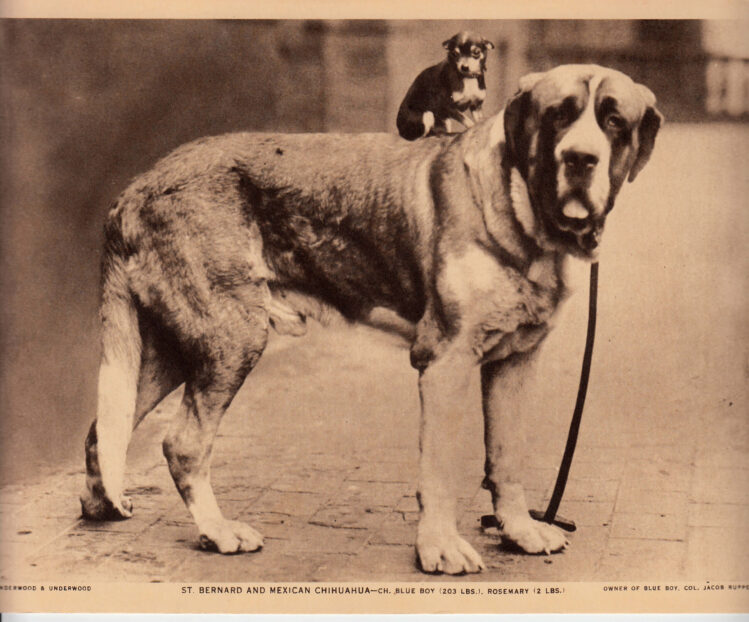That’s why this new animal wise video explains how to adapt your dog’s walking habits to the different stages of their life and being a puppy to be in a senior dog. Additionally, we provide you some extra tips to ensure this routine positively impacts their well-being. So don’t miss out. Puppies can go out into the wider world when they have completed their first vaccination schedule before this, they need to be taken in a carrier so they are not exposed to harmful pathogens. Even this can begin the process of familiarizing the dog with the outside world.
Since our first walks coincide with toilet training, we recommend time in your walks for when they just wake up after eating, after playing, or when
do their businesses. Remember, this is a gradual process which can take some time, so be patient and don’t punish them in the adult stage of life. Walks can become less stimulating. For this reason, we recommend you vary the daily route and visit special dog parks. It’s important on the first part of any walk outside that you let your dog do their business without
interrupting them. We should also avoid giving too many commands or attempting to play tricks.
each other. The average duration should be between 20 and 60 minutes depending on the breed, activity level, and specific needs of the dog. Older dogs are a special group. While some will stay in top shape, even at 13 others begin to show difficulty walking. It’s always best to follow the advice of our veterinarian. This way we can know if a dog suffers from specific issues helping us to better adapt their walks to their needs. At this stage, we should try to maintain the same routine we followed in the adult stage, if we observe problems with urinating or pain when walking, we may need to make shorter but more frequent trips as in the puppy stage. Don’t tie in the mites and allow them to urinate as they need to know. You know roughly how many walks a dog should have per day. Remember that you should adapt them to your individual dog
with the aim of improving walking routines. Here we offer you some final tips. Avoid over controlling your dog.
They should enjoy as much freedom as is responsible let your dog smell flowers, plants, and even you, and if they are vaccinated, and are properly socialized, you should allow them to interact with other dogs regardless of size or breed. Change the route of the walk often, sometimes letting the dog choose for you.




















